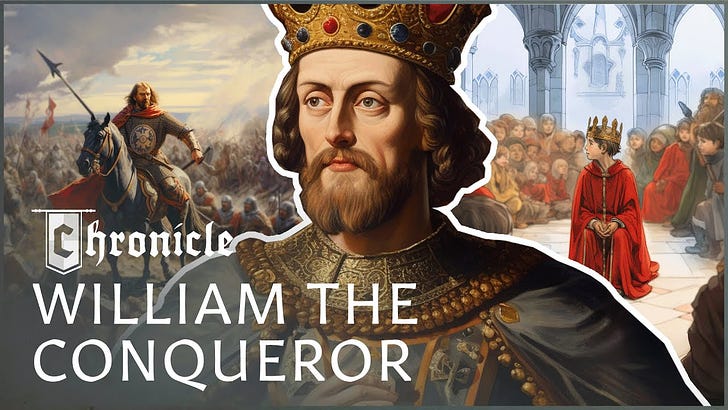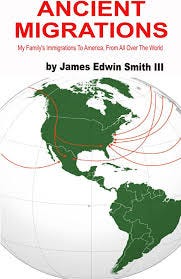Before the first slave breathed air in Virginia, there were slaves in England. How do I know this? King William the Conqueror decreed in 1085 that his agents should survey all in England. The King wanted a precise and exacting record of all of his holdings throughout the country, including levies and obligations owed to the King. The agents completed their tedious work in 1086. 268,984 heads of households were counted in the land. This numbering represented a total population ranging between 1.2 and 1.6 million. Of this number, the surveyors recorded 28,000 slaves. These were not African slaves. These slaves were approximately 10% of the English population.
Before the Romans conquered England in the year 43, slavery was there. More readers should be aware of English slaves before the Atlantic slave trade and the logical association of West Africans with slavery in the English mind. For a thousand years, the English mind conceived of slaves as Britons. Fair-haired Anglo-Saxon boys from York were slaves, exported presumably for profit to Rome, Italy. These were medieval times and there was no Anti-Slavery Society to lobby for abolition.
Vikings raided the Gaelic, Pict, Brythonic and Saxon people for slaves. Even the Saxons got into the act as they, on occasion, sold Britons to the Irish.
The Dublin slave markets were legendary. Did you know 2,000 Welsh were carried off by a Viking king and leader to the Dublin slave markets in the year 871? Only the intercession of King of Gwynedd Maredudd ab Owain and the payment of a substantial ransom saved these 2,000 souls from bondage. This all happened in the year 871.
Before you hate on white southerners, you should be hating on Viking slave catchers, ruthless and merciless slave traders. “When the Vikings established early Scandinavian Dublin in 841, they began a slave market that would come to sell thralls captured both in Ireland and other countries as distant as Muslim Spain, as well as sending Irish slaves as far away as Iceland, where Gaels formed 40% of the founding population, and Anatolia.”
Viking Slave Chain
In the 1000s, a brisk slave trade continued to operate out of Bristol, England.
The great visionary in English history was William the Conqueror. He introduced a law preventing the sale of slaves overseas. I believe it was the Domesday Book and William the Conqueror’s impulse against the slave trade that led to the eventual abolition of slavery in England during medieval times. By 1200, there were no slaves in England.
All praise to William the Conqueror, an ancestor who I am proud to include in my family tree as a 27x great-grandfather. See Migrations: Our Family’s Immigrations to America, From All Over the World by J.E. Smith III, pgs. 242 - 245
Conclusion: When we approach American slavery, there is a danger of losing context and perspective. One should learn as much as one can about the 1,000 years of enslavement that existed in England from before the Roman occupation to the vision of William the Conqueror. One man set into motion a prohibition against slave trade leading to the abolition of slavery on English soil by 1200.
The Original Abolitionist in the Western World should not be forgotten.





